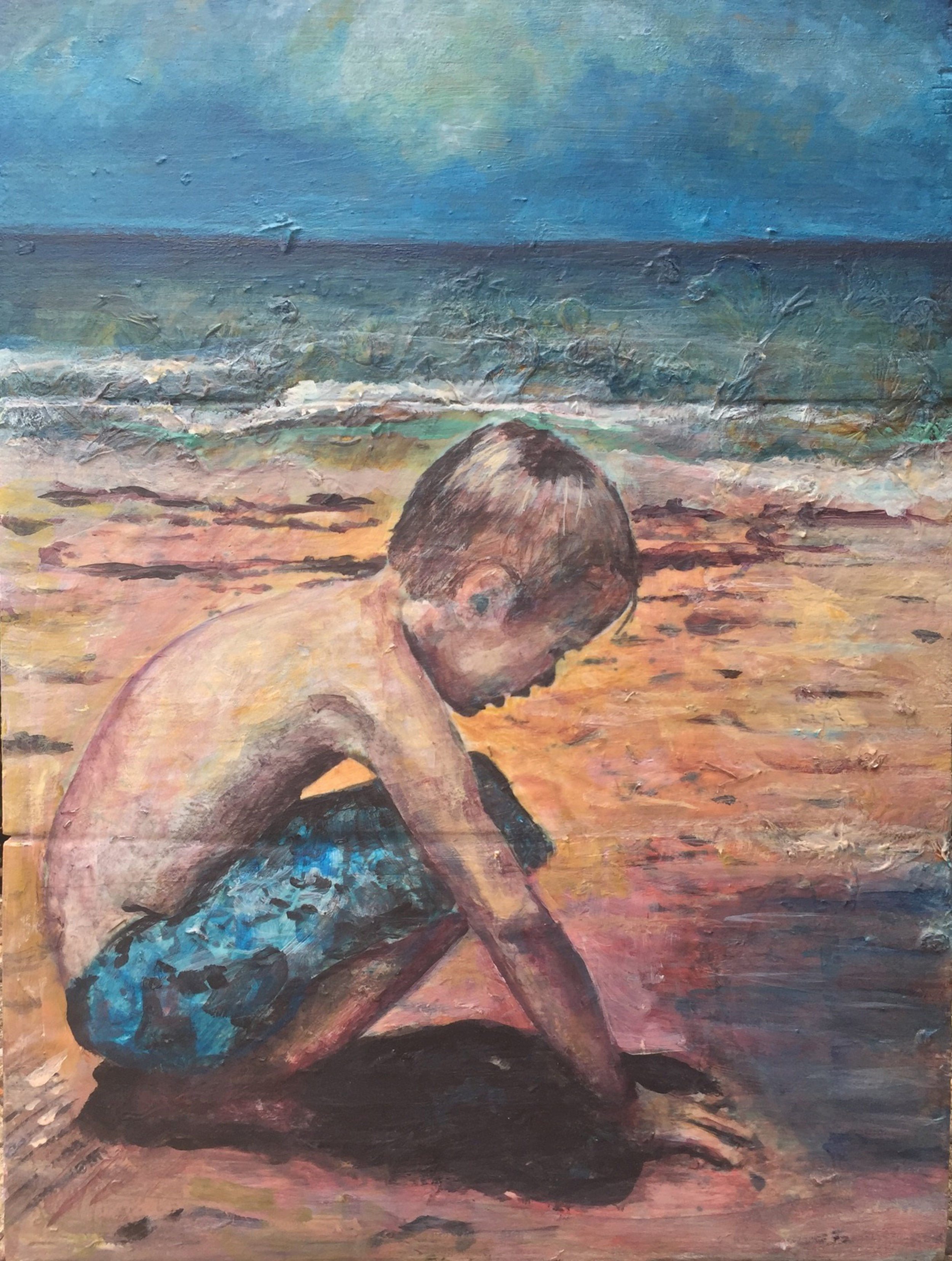Photographer, Garin Horner (Photo by Colleen Small)
A Photo-ethnographic Study of Personal Spiritual Shrines & Altars
Most people likely think of religion and spirituality in monolithic terms: Buddhism, Christianity, Hinduism, Islamism, Judaism, etc., but by some estimates tally as many as 4,200 different religions existing in the world today. And spiritual practice is often a very individual and private action. Garin Horner seeks out and documents what he calls, “…intimate connections people have with places and objects that serve as focal points, where subjects feel strong links with transcendent beings, ethereal energies, and/or supernatural realities.”
‘The subjects I collaborate with are a combination of artists, actors, and spiritual practitioners who want to give voice to and celebrate their own distinct views as part of a multitude of spiritual beliefs. They are believers in a supernatural meta-ecology, or structure of subtle dimensions that co-exist with our reality comprised of various beings (or forces). Part of this view recognizes altars to be microcosms and/or nexuses of those subtle dimensions.”
"A Collection of 2016 Relics from the World's Religions" by Garin Horner, 24x30in, photography (2016), $450 | BUY NOW
It should come as no surprise that Horner sometimes encounters resistance from his subjects. He turns his lens on a topic that is sensitive even in the mainstream, so to ask people to reveal themselves in such specific, confessional terms requires delicacy.
“I contact my subjects through calls for collaboration and word of mouth. It’s a fairly complicated process that doesn't always work out. Whenever I am traveling to a city (for a conference or exhibition) I research spiritual organizations in the area and reach out to people. I also use a catalog from the Parliament for the World's Religions. Sometimes I get positive responses and people invite me to photograph them, but when I get there they have a change of heart.”
Horner keeps the identities and locations secret, and in some cases where the subject has refused to be photographed, Horner has, with permission, recreated what he has witnessed from detailed notes and sketches. So far, in the last 18 months he has produced about 25 separate images in the series.
"Ancestors Guide Us and Protect Us" by Garin Horner, 24x24in, photography (2017), $450 | BUY NOW
“Most people don't want me to photograph them, but some do. Some are very excited to show other people their connection to their spiritual practices. Some are excited in the beginning and change their minds in the end. If someone goes as far as being photographed and signing a model release and then asks me to not show their photos - I don't.”
Horner exhibited photos in Louisville a few years ago as part of a show curated by the Midwest Society for Photographic Education. He was recently named Director of the Adrian College Center for Effective Teaching. Adrian College, Adrian, Michigan.
Horner’s newest exhibit, Otherworldly Signs / Unworldly Believers will be at the Prairie Center of the Arts, Peoria Ill, in October 2017.
Hometown: Ann Arbor, Michigan
Education: BFA, Sienna Heights University; MFA, Cranbrook Academy of Art
Website: www.garinhorner.net
Instagram: https://www.instagram.com/garinhorner
"Calling the Spirits of the Fallen" by Garin Horner, 24x30in, photography (2017), $450 | BUY NOW
"rive Deep the Magic Nail" by Garin Horner, 24x30in, photography (2016), $450 | BUY NOW
"The Souls of Four Enemies and One Friend" by Garin Horner, 24x30in, photography (2017), $450 | BUY NOW
Written by Keith Waits. Entire contents copyright © 2017 Louisville Visual Art. All rights reserved.
Are you interested in being on Artebella? Click here to learn more.






































